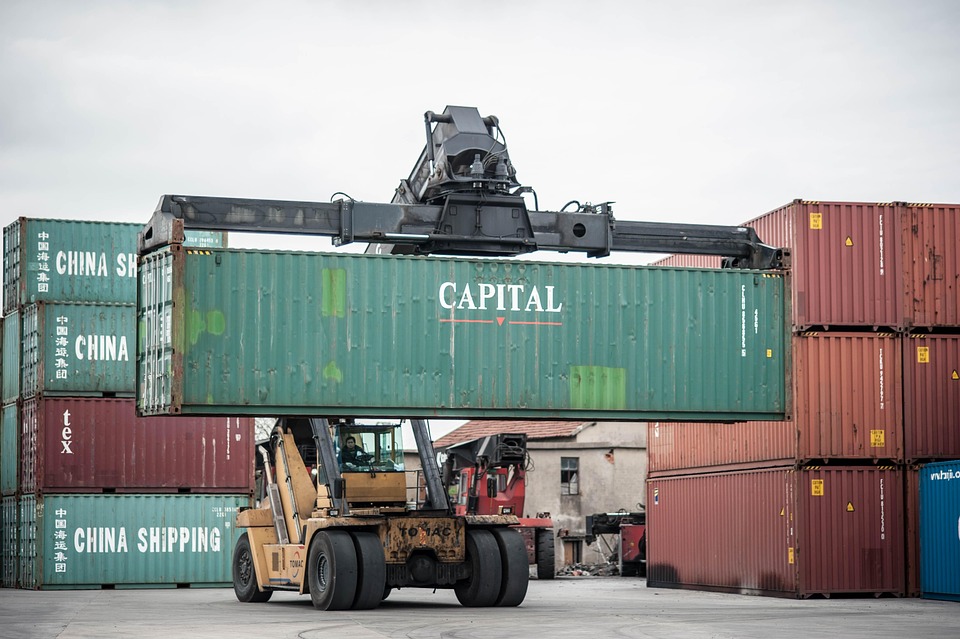
Lithium batteryIs it classified as dangerous goods? What special qualifications are required for transportation?
According to the United Nations "Recommendations on the Transport of Dangerous Goods," lithium batteries are classified asClass 9 Dangerous Goods(Miscellaneous Dangerous Goods). The latest 2025 transport requirements include:
- Must pass UN38.3 testing and certification
- Provide a complete MSDS (Material Safety Data Sheet) for the chemical.
- Transport packaging must meet Class II or higher hazardous materials packaging standards.
- Sea freight requires submission of the DG FORM Dangerous Goods Declaration.
What international certifications are required for exporting lithium batteries?
Certification requirements vary across different target markets:
- The European market:
- CE certification (including EN 62133 standard)
- 35. REACH regulation compliance statement
- Starting in 2025, compliance with the new Battery Regulation (EU) 2023/1542 is required.
- North American market:
- UL 1642/UL 2054認(rèn)證
- DOT Transportation Certification
- California Proposition 65 Compliance
Lithium battery exportcustoms clearanceWhat are special requirements?
According to Customs General Administration Announcement No. 78 of 2025, special attention should be paid to lithium battery exports:
- The customs declaration must include the UN number (e.g., UN3480) in the remarks.
- ProvideThe Hazard Characteristics Identification Report
- Batteries with a capacity exceeding 100 Wh must be declared separately.
- Export tax refundA report from a third-party testing agency must be attached.
What are the differences between shipping lithium batteries by sea and by air?
Key differences between the two modes of transport:
- The Maritime:
- Transport of lithium metal batteries with a lithium content of ≤35 kg is permitted.
- UN-certified anti-static packaging is required.
- Containers must display Class 9 hazardous material labels.
- air transport:
- Battery capacity per single package ≤20 Wh
- State of charge must be ≤30%
- Must be certified under IATA DGR
How to prevent lithium battery transportation accidents?
Recommendation based on 20 years of agency experience:
- adoptedThree-layer protective packaging(Shockproof + Insulated + Fireproof)
- Pre-shipment inspection is mandatory.1.2-meter drop test
- Establish a temperature monitoring system (IoT devices are recommended)
- PurchaseSpecialized Insurance for Hazardous Materials Transportation
How long does it take to export lithium batteries, and how are the costs calculated?
Standard Operating Cycle and Cost Structure:
- Time period:
- Certification Preparation: 4–8 weeks
- Ocean freight booking: 21 days in advance
- Air freight customs clearance: 3–5 business days
- Cost Structure:
- Basic freight (calculated as per DG surcharge)
- Fee for Dangerous Goods Packaging Certificate
- Special handling fee (e.g., temperature-controlled transportation)
- Insurance premium (0.3%–0.8% of the cargo value)
How to Choose a Reliable Lithium BatteryExport agent?
Essential Qualifications for a Professional Agency:
- 41. HoldQualification for dangerous goods transportation(Certificate number provided for verification)
- PossessesLithium Battery Category Operation Log
- EstablishedFull-process traceability system
- Equip withProfessional hazardous chemicals customs declaration team
- Collaboration cases include well-known battery manufacturers


 Follow Customer Service WeChat
Follow Customer Service WeChat